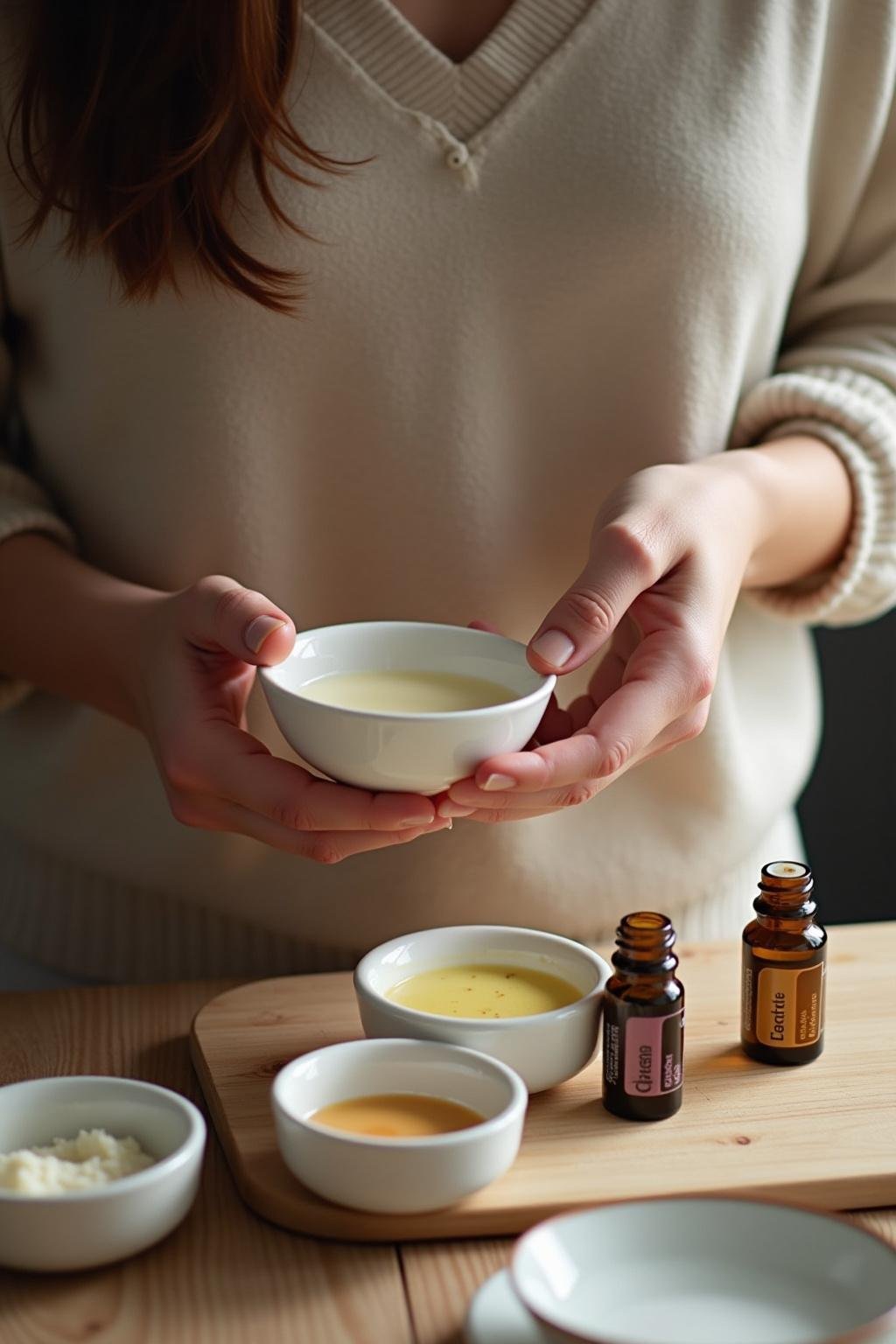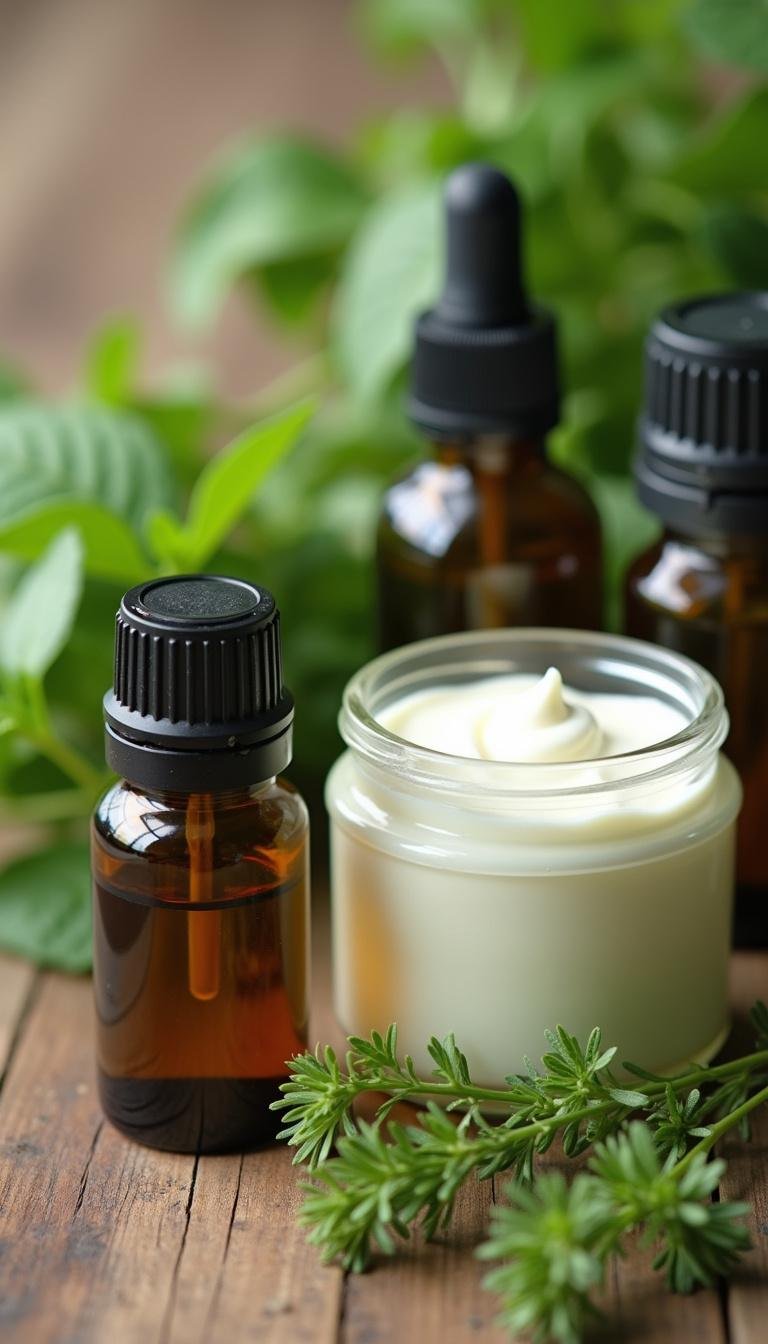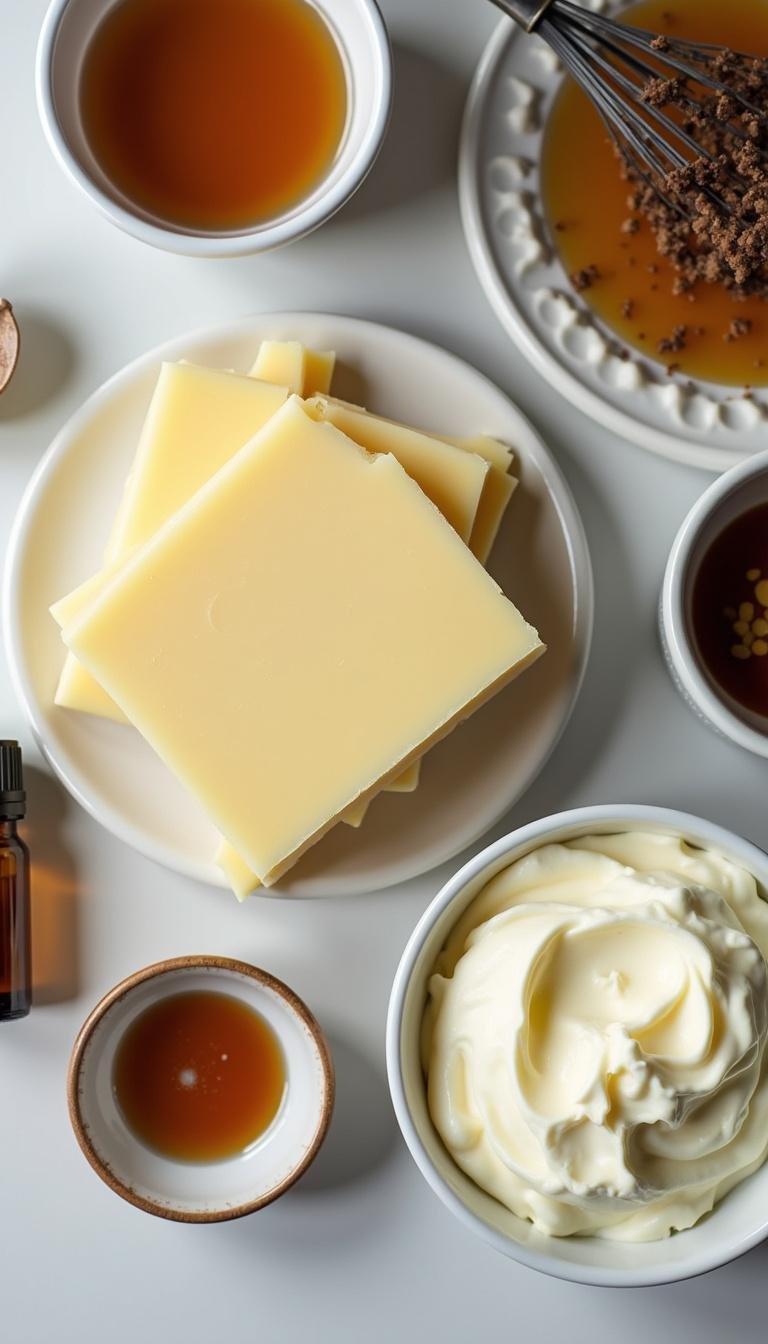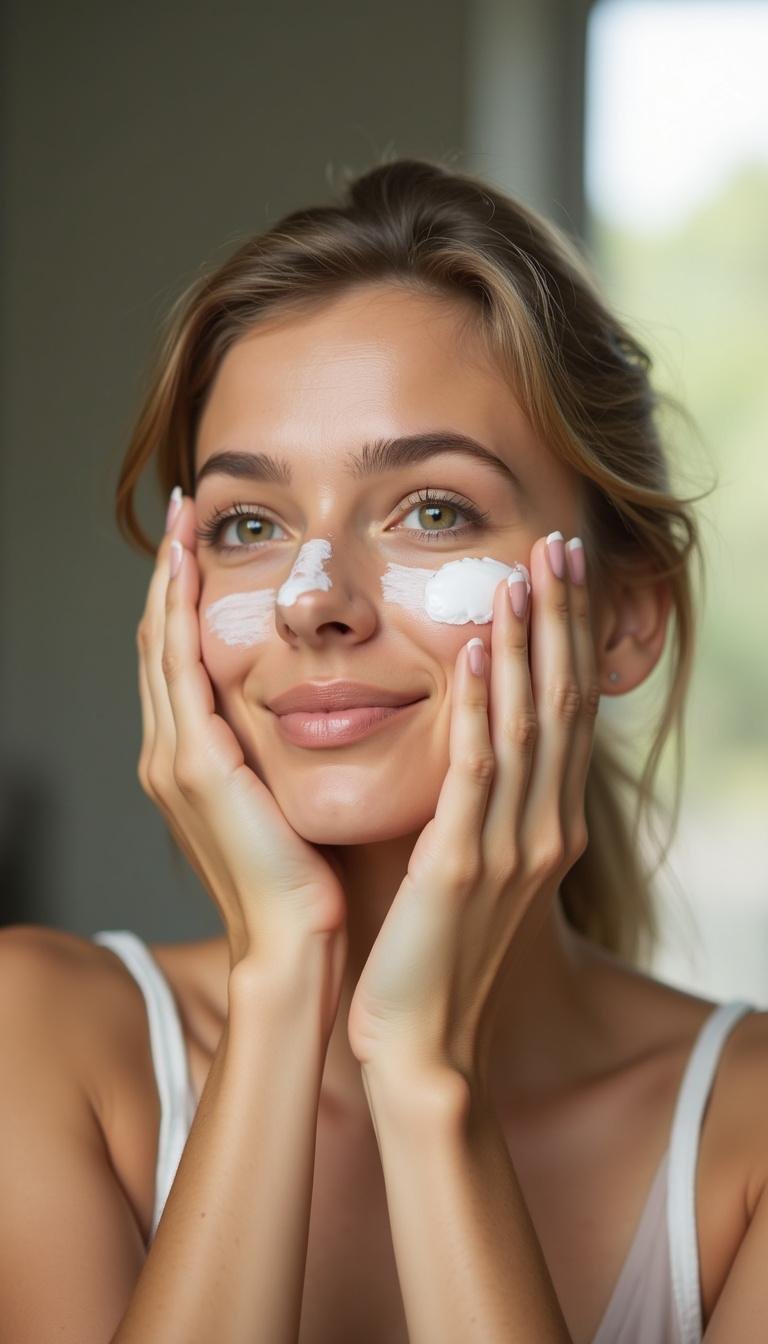1. Introduction
In recent years, cold creams have experienced a remarkable resurgence as one of the most sought-after natural skincare solutions, especially among those craving customizable and chemical-free products. The traditional cold cream has long been celebrated for its nourishing and protective properties, but today, the trend shifts toward DIY cold cream versions infused with essential oils. This comprehensive guide explores how you can craft your own cold cream at home, integrating healing botanicals, carrier oils, and essential oils for enhanced skin benefits and a personalized touch.
2. Why Opt for DIY Cold Creams with Essential Oils
Making homemade cold creams with essential oils offers numerous compelling benefits. First, you gain complete control over the ingredients, ensuring your skincare is free from synthetic preservatives and additives. Additionally, you can customize your cold cream to fit your specific skin type—be it dry, oily, sensitive, or aging skin. Integrating essential oils not only elevates the therapeutic potential of your cold cream but also allows you to harness targeted benefits such as deep hydration, anti-inflammatory effects, and anti-aging properties. These natural formulations can significantly improve skin health while aligning with sustainable and holistic skincare practices.

3. Essential Ingredients for Making Cold Creams at Home
When crafting DIY cold creams, choosing the right ingredients is key to achieving a smooth, nourishing, and effective product. The base of classic cold creams usually includes shea butter, almond oil, and wax for texture and emollience. To amplify their benefits, natural components like coconut oil or olive oil can replace or supplement traditional oils. Infusing your formulation with essential oils such as lavender for calming, tea tree for antibacterial effects, or frankincense for anti-aging benefits will enhance your cold cream’s efficacy. Incorporating herbs like chamomile or calendula can also promote skin healing and provide soothing scent profiles.

4. How to Make Your Own Cold Cream at Home
Creating your personalized cold cream is a straightforward process that yields nourishing and natural skincare. Here’s a step-by-step approach:
- Select Your Base: Melt 2 oz of shea butter or cocoa butter with 1 oz of almond oil or olive oil. For vegan options, consider using DKNY Women’s Sport Tummy Control Workout Yoga Leggings as inspiration for the right consistency.
- Add Beeswax or Candelilla Wax: Mix in ½ teaspoon of wax to give your cream a firm, emulsion-like texture, essential for longevity and ease of application.
- Infuse with Essential Oils: Once the mixture cools slightly, incorporate 8-10 drops of your preferred essential oils—such as lavender or geranium—perfectly suited for sensitive or irritated skin.
- Blend Thoroughly: Mix until all ingredients are uniformly combined, ensuring a creamy, smooth consistency.
- Store and Cure: Transfer your homemade cold cream into a clean jar, seal tightly, and let it solidify at room temperature for optimal texture and preservation. Consider adding a few drops of Red Light Therapy for Face for added skin rejuvenation benefits.

5. Benefits of Incorporating Essential Oils into Cold Creams
Essential oils are the natural secret weapon in DIY cold creams. They amplify the therapeutic effects and provide aromatic benefits, creating a multi-sensory experience. For example:
- Lavender: Known for its calming, anti-inflammatory, and skin-soothing properties, perfect for sensitive or irritated skin.
- Tea Tree: Essential for antibacterial and acne-fighting skincare formulations.
- Rosemary: Stimulates circulation, revitalizing dull or tired skin.
- Chamomile: Excellent for calming inflamed or sensitive skin and reducing redness.
Incorporating essential oils into your cold cream helps tailor your skincare routine, turning an ordinary moisturizer into a targeted therapy that addresses your individual skin concerns naturally.

6. Tips for Perfecting Your DIY Cold Creams with Essential Oils
- Always choose high-quality, pure essential oils to ensure safety and efficacy.
- Perform a patch test before full application to prevent allergic reactions, especially if using potent oils.
- Adjust the amount of essential oils according to your skin sensitivity; start with fewer drops and increase gradually.
- Store your homemade cold cream in an airtight container and keep it in a cool, dark place to prolong shelf life.
- Label your jars with ingredients and date of creation to track freshness and ensure safety.
7. FAQs About DIY Cold Creams with Essential Oils
What are the best essential oils for cold creams?
Top essential oils include lavender, tea tree, rose, chamomile, and frankincense. These oils are favored for their calming, antibacterial, and anti-aging benefits, making them excellent choices for DIY cold creams.
Can I replace traditional ingredients with vegan alternatives?
Absolutely! You can swap beeswax with Candelilla Wax and shea butter with coconut oil or other plant-based fats to create vegan-friendly cold creams.
How long can I store my homemade cold cream?
When stored in a cool, dark environment, homemade cold cream typically maintains its freshness for up to 4-6 months. Always check for any changes in smell or texture before use.
8. Conclusion
DIY cold creams with essential oils are an excellent way to indulge in personalized, natural skincare. By carefully selecting ingredients and infusing your cream with potent botanicals, you can address specific skin concerns—from hydration and anti-aging to soothing irritation. Embracing the natural skincare trend allows you to enjoy the therapeutic benefits of essential oils in a cost-effective, eco-friendly way. Discover more innovative wellness solutions like natural retinol alternatives or explore herbal supplements for women’s hormone balance to elevate your holistic skincare and health routine. Additionally, for those interested in advanced skin rejuvenation, consider integrating Red Light Therapy Devices into your regimen for optimal results.

